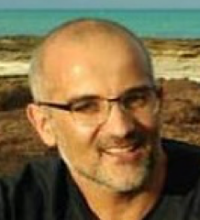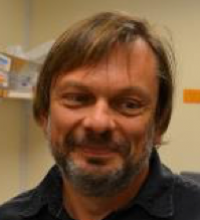Direct restoration of bull kelp beds will depend on understanding the intricate ecological causes of extinction and habitat suitability change. Only then can we expect to deploy successful recovery programs, as shown by the failure of many programs that fast-tracked restoration without considering changes to habitat suitability.

This project will create a bull kelp “seed bank” composed of gametophytes, which are the haploid stage of the kelp life cycle, helping to preserve the species and its genetic diversity into the future. To understand if genetic diversity was lost in the last years and test if kelp beds across California are adapted to different environments, the team will also assess genetic variation in bull kelp populations over time and space. This project will thus provide information and biological materials to assist resource managers on site and source selection for restoration efforts.
Seed banking is common for land plants, but much less established for algae. The project also includes a training component that will share the practice with other researchers to build a network of institutions involved in kelp gametophyte preservation. The researchers will coordinate with California state resource management agencies, helping to guide future restoration efforts.
 Filipe Alberto
Filipe Alberto
 Peter Raimondi
Peter Raimondi
 Sergey Nuzhdin
Sergey Nuzhdin